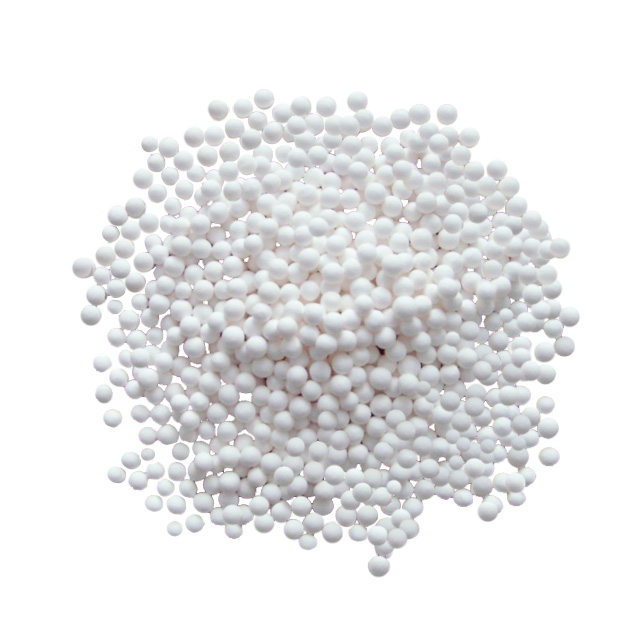
TITLE:KC-401Claus Catalyst
Classic:Sulfur tolerant shift catalyst and protective agent

TITLE:KC-401Claus Catalyst
Classic:Sulfur tolerant shift catalyst and protective agent
KC-401 catalyst is defined as a Claus catalyst made mainly of Al2O3 with high area density and high strength. It is characterized by its even granules, small abrasive wear, high activity and great stability. It has achieved the worldwide top level by its overall performance and technique data.
| Technical Characteristics |
| √ High stability of mechanical strength |
| √ Fine activity |
| √ Excellent selectivity and activity stability |
| √ Strong adaptability in the high airspeed and great operational flexibility |
| √ Long working life |
| Physical and Chemical Properties | |
| Colour and shape | white sphere |
| Dimensions (mm) | Φ(4.0-6.0) |
| Al2O3 % (m/m) | >90 |
| Specific Surface Area (m2/g) | >280 |
| Pore Volume (ml/g) | >0.40 |
| Bulk Density (kg/L) | 0.65~0.80 |
| Crushing Strength (N/cm) | ≥140 |
| Abrasion Rate %(m/m) | ≤0.5 |
| Introductions |
KC-401 catalyst can be loaded into all the packing beds of any level Claus reactor for sulfur recovery unit. It also can be used to load with other different function or type of catalyst by layers. When starting operation,the optimum H2S/SO2 ratio is 2:1 in order to achieve the highest sulfur recovery rate as the key point. During operation,the temperature of any points of the beds cannot be lower than sulfur dew point.As a result,the operating temperature for the first reactor has to be over 220C and 210C for second reactor. At the same time,however,the maximum operating temperature is 450C at any part of the bed. |